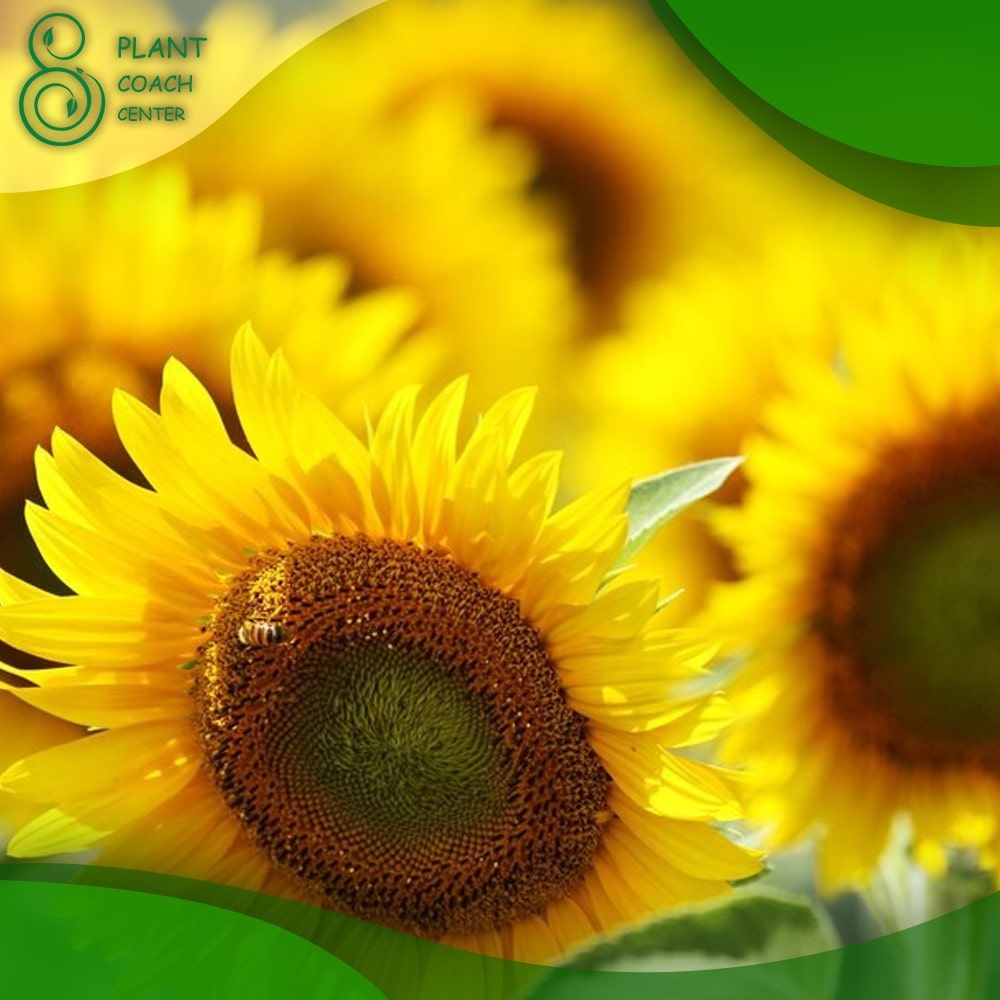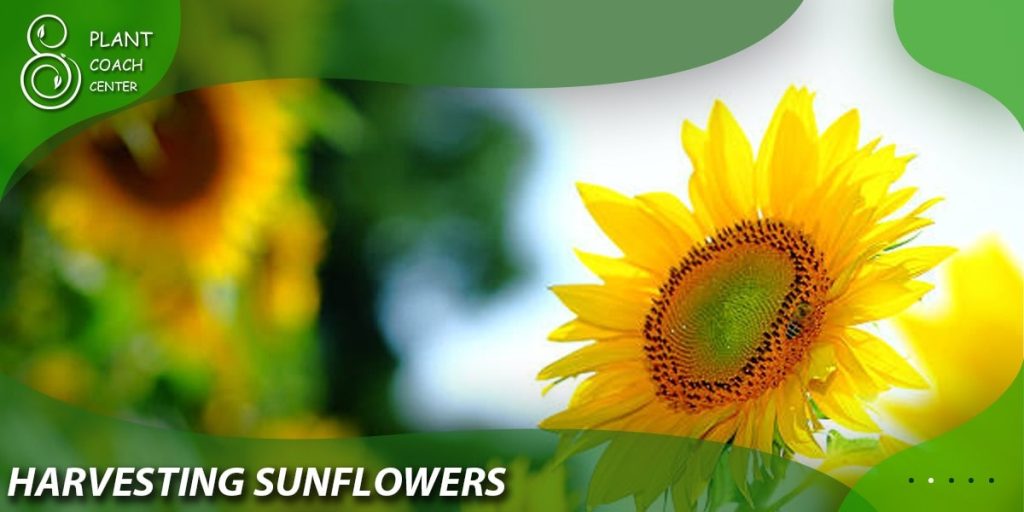Introduction to When to Plant Sunflowers Outside
Welcome to an in-depth guide on when to plant sunflowers outside. Sunflowers, with their bright and cheerful faces, are a popular choice for gardeners who want to bring joy and a touch of sunshine to their landscapes. In this comprehensive article, we will explore the factors that influence the planting dates of sunflowers, as well as provide you with valuable insights and tips to ensure successful growth.
This content is related to [PlantCoachCenter.com] (https://www.plantcoachcenter.com) – your trusted source for expert gardening advice.

Understanding Sunflowers
Sunflowers (Helianthus annuus) are iconic annual plants known for their tall, sturdy stems and large, daisy-like flower heads. They belong to the Asteraceae family and come in various vibrant colors, including shades of yellow, orange, and red. Before delving into the optimal planting dates, it is essential to familiarize ourselves with the growth habits and requirements of sunflowers.
Different Sunflower Varieties and Their Growth Habits
– Giant Sunflowers: These varieties can reach impressive heights of 10 to 12 feet (3 to 3.6 meters) or even taller. They make a striking statement in the garden and their flower heads can measure over 1 foot (30 cm) in diameter.
– Dwarf Sunflowers: Compact in size, dwarf sunflowers are perfect for smaller spaces or container gardening. They typically grow to a height of 1 to 4 feet (30 to 120 cm) and produce smaller flower heads.
– Multi-branching Sunflowers: These varieties are known for producing multiple flower heads on a single plant, resulting in a profusion of blooms.
Understanding the growth habits of different sunflower varieties will help you choose the most suitable options for your garden and plan your planting dates accordingly.
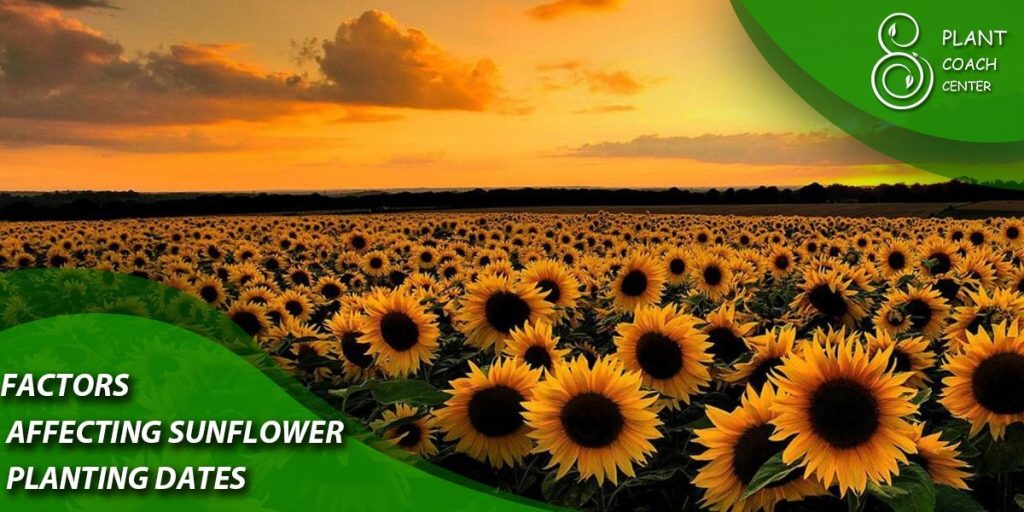
Factors Affecting Sunflower Planting Dates
Several crucial factors influence the ideal timing for planting sunflowers outside. By considering these factors, you can maximize the chances of your sunflowers thriving and producing abundant blooms.
Climate and Hardiness Zones
Sunflowers are warm-season plants that thrive in regions with long, hot summers. Understanding your local climate and hardiness zone is crucial for determining the appropriate planting dates. In Virginia, which falls within USDA hardiness zones 6 to 8, sunflowers can be successfully grown with proper timing and care.
Frost Dates and Temperature Considerations
Frost dates play a vital role in determining when to plant sunflowers. Sunflowers are highly sensitive to frost, and exposing them to freezing temperatures can damage or even kill the plants. As a general rule, it is essential to wait until the danger of frost has passed before planting sunflowers outside.
Day Length and Sunlight Requirements
Sunflowers are photoperiodic plants, meaning they respond to changes in day length. They require long days to grow and bloom successfully. Therefore, it is crucial to consider the duration of daylight in your region when determining the optimal planting dates.
Planting Sunflowers in Different Seasons
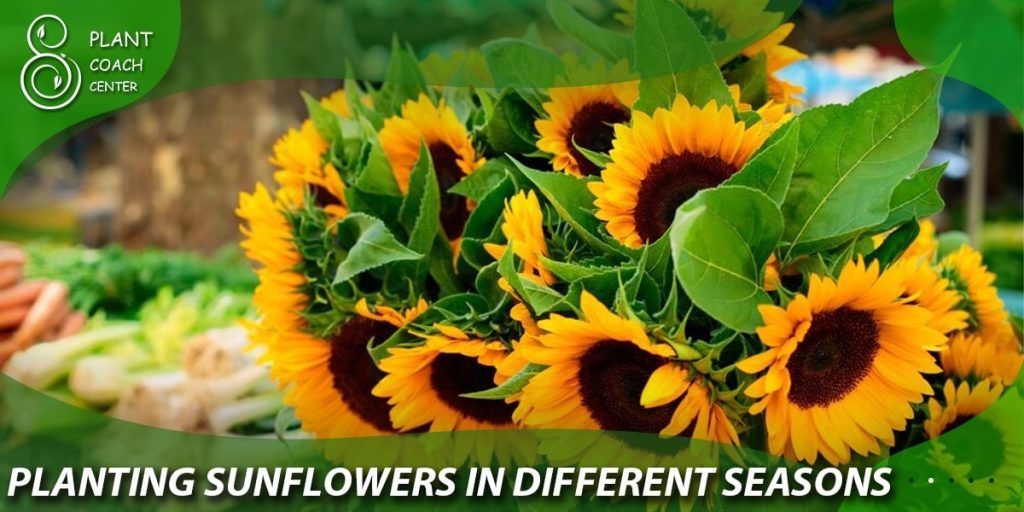
Sunflowers can be planted in various seasons, including spring, summer, and even fall, depending on the specific climate and growing conditions. Each season offers unique advantages and considerations. Let’s explore the optimal timing and key factors for planting sunflowers in different seasons.
- Spring Planting
Spring is an ideal time to plant sunflowers, as the soil begins to warm up, and the risk of frost diminishes. Depending on your specific location, there are two options for spring planting: early spring and late spring.
- Early Spring Planting
– Early spring planting is suitable for regions with mild winters and early springs, where the soil starts to warm up earlier.
– Ideal Timing: Aim to plant sunflowers outdoors after the last frost date and when the soil temperature reaches around 50°F (10°C).
– Benefits of Early Spring Planting:
– Sunflowers planted early in the season have a longer growing period, allowing them to develop more extensive root systems and potentially produce larger flower heads.
– Early planting can also help mitigate the risk of encountering problems associated with hot summer conditions, such as heat stress or drought.
- Late Spring Planting
– Late spring planting is recommended for regions with colder winters and delayed springs, where the soil takes longer to warm up.
– Recommended Timing: Wait until the soil temperature reaches around 55-60°F (12-15°C) before planting sunflowers.
- Summer Planting
Summer planting can be a viable option in regions with a longer growing season and warm temperatures. However, it’s essential to manage the heat and water requirements of sunflowers during this season.
- Optimal Timing and Considerations:
– Aim to plant sunflowers in early summer when the soil has thoroughly warmed up and there is no more risk of frost.
– Consider selecting heat-tolerant sunflower varieties that are better suited for the hot summer conditions.
- Managing Heat and Water Requirements:
– Sunflowers are relatively drought-tolerant, but they still require regular watering, especially during dry spells.
– Apply a layer of organic mulch around the base of the plants to help retain moisture and regulate soil temperature.
- Fall Planting
Fall planting offers a unique opportunity to extend the sunflower season and enjoy their vibrant blooms before the arrival of frost. Late-season planting should be planned carefully to account for the decreasing daylight and cooler temperatures.
- Late-Season Planting Possibilities:
– In regions with mild fall weather, sunflowers can be planted in late summer or early fall for a fall display.
– Ensure you have enough time for the sunflowers to grow and produce mature flower heads before the first frost.
- Preparing for Frost and Cold Weather:
– Monitor the weather forecast to determine the average date of the first frost in your region.
– Consider covering the sunflowers with frost blankets or row covers to protect them from early frost.
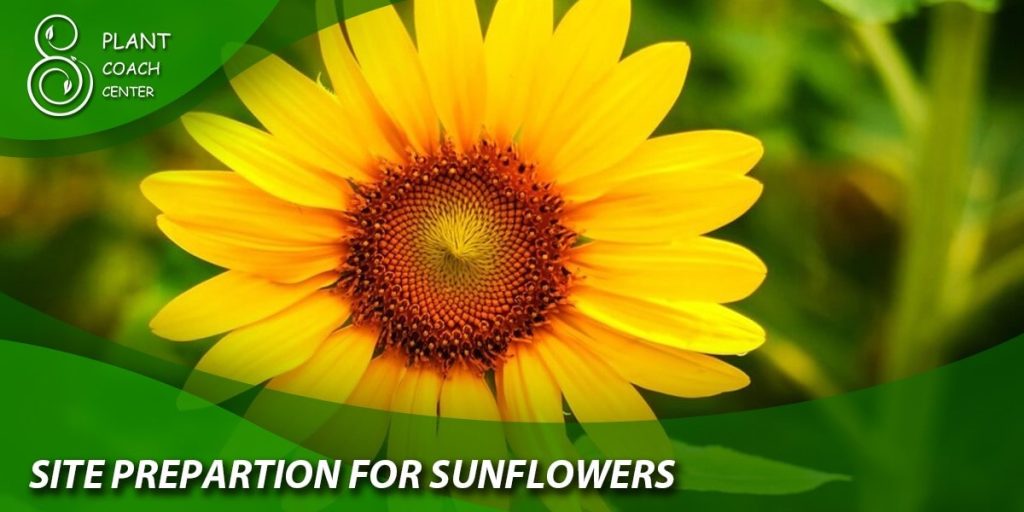
Site Preparation for Sunflowers
To give your sunflowers the best start, proper site preparation is crucial. Follow these steps to ensure an optimal growing environment:
– Selecting the Right Location: Choose a site with full sun exposure (at least 6-8 hours of direct sunlight per day) and well-draining soil.
– Soil Preparation Techniques and Amendments:
– Test the soil pH and fertility levels. Sunflowers prefer slightly acidic to neutral soil (pH 6.0-7.5) with good nutrient content.
– Amend the soil as needed by incorporating organic matter, such as compost or well-rotted manure, to improve soil structure and fertility.
– Spacing and Planting Techniques:
– Follow the spacing recommendations provided on the seed packet or plant label, as spacing requirements can vary depending on the sunflower variety.
– Dig holes slightly larger than the root ball of the sunflower seedling and backfill with soil, ensuring the plant sits at the same depth as it was in the pot or cell pack.

Caring for Sunflowers
To ensure healthy growth and abundant blooms, sunflowers require proper care throughout the growing season. Pay attention to the following aspects:
- Watering and Irrigation:
– Proper Watering Techniques:
– Water deeply and infrequently, allowing the top few inches of soil to dry out between waterings.
– Apply water at the base of the plant to avoid wetting the foliage, as this can lead to fungal diseases.
– Adjust the watering frequency based on weather conditions and the moisture needs of the sunflowers.
- Fertilization and Soil Nutrition:
– Understanding Sunflower Nutrient Needs:
– Sunflowers are heavy feeders and require a balanced supply of essential nutrients for optimal growth and flowering.
– Conduct a soil test to determine the nutrient levels and adjust the fertilization program accordingly.
– Organic and Synthetic Fertilizer Options:
– Organic fertilizers like compost, well-rotted manure, or balanced organic fertilizers can provide slow-release nutrients to the plants.
– Synthetic fertilizers can be used following the manufacturer’s instructions, ensuring proper application rates and avoiding over-fertilization.
- Pest and Disease Management:
– Common Pests and Their Control Methods:
– Identify common pests that can affect sunflowers, such as aphids, caterpillars, or slugs.
– Implement integrated pest management (IPM) strategies, including cultural practices, biological controls, and, if necessary, targeted pesticide applications.
– Identifying and Preventing Sunflower Diseases:
– Learn about common sunflower diseases like powdery mildew or downy mildew and their symptoms.
– Enhance plant health by providing adequate spacing, good air circulation, and avoiding overhead watering to minimize disease risks.
- Supporting Sunflower Growth:
– Staking and Trellising Options:
– Tall sunflower varieties might require support to prevent them from bending or breaking under their weight.
– Install stakes or use trellises to provide support and secure the sunflower stems as they grow.
– Pruning and Deadheading Techniques:
– Deadhead spent flowers by cutting them just below the flower head to encourage continuous blooming.
Harvesting Sunflowers
Harvesting sunflowers is a rewarding experience, whether you’re aiming to enjoy their beauty or harvest their seeds. Here are some essential tips for harvesting sunflowers:
– Determining the Right Time to Harvest:
– If you’re growing sunflowers for their seeds, observe the back of the flower head. Once the seeds have developed and turned brown, it’s usually an indication that they are ready for harvest.
– If you’re growing sunflowers for cut flowers, harvest them when the petals are fully open and vibrant.
– Harvesting Seeds:
– Cut the flower head from the stem, leaving a few inches of stem attached.
– Hang the flower heads upside down in a dry and well-ventilated area to allow the seeds to fully ripen and dry.
– Harvesting Cut Flowers:
– Cut the sunflower stems early in the morning when the plants are well-hydrated.
– Immediately place the cut stems in a bucket of water to keep them fresh.
Conclusion
In conclusion, knowing when to plant sunflowers outside is crucial for a successful and vibrant display of these cheerful flowers. By considering factors such as climate, frost dates, daylight duration, and seasonal conditions, you can determine the optimal planting time for your region.
Remember to prepare the soil, provide proper care, and implement pest and disease management strategies to ensure healthy growth and abundant blooms. Whether you’re planting sunflowers for their beauty or harvesting their seeds, following these guidelines will help you enjoy the rewards of these magnificent plants. For more expert gardening advice, visit [PlantCoachCenter.com ↗](https://www.plantcoachcenter.com), your trusted source for all your gardening needs.


